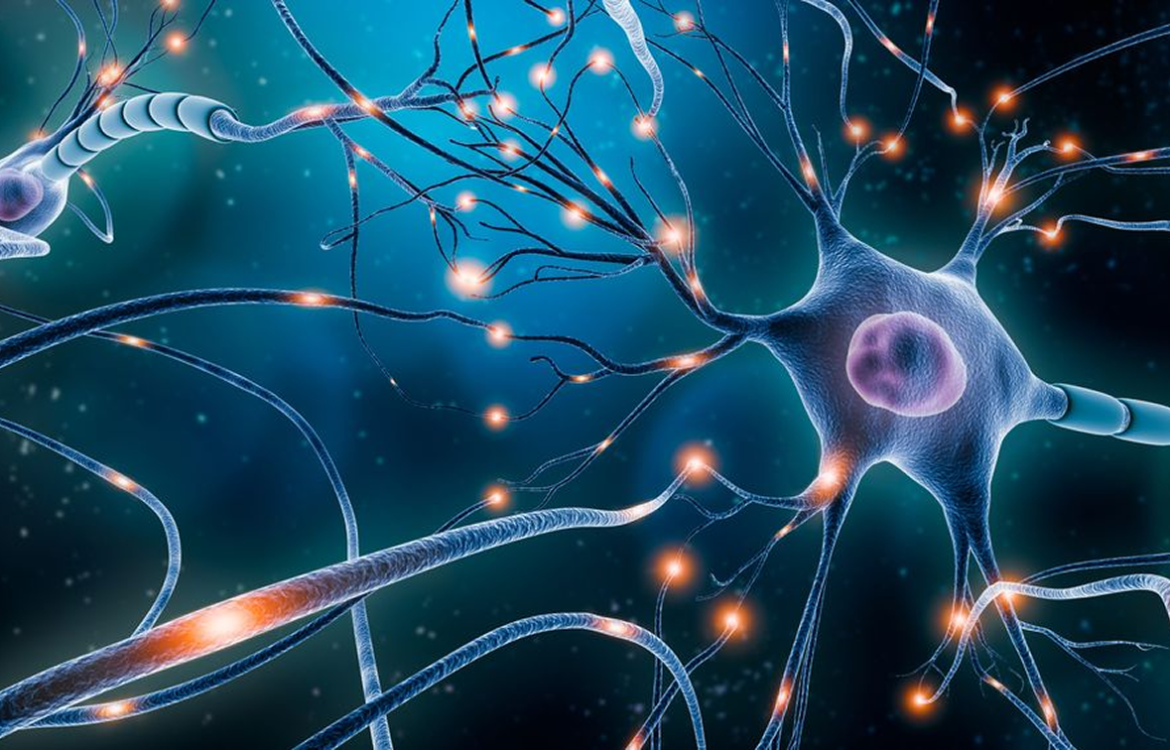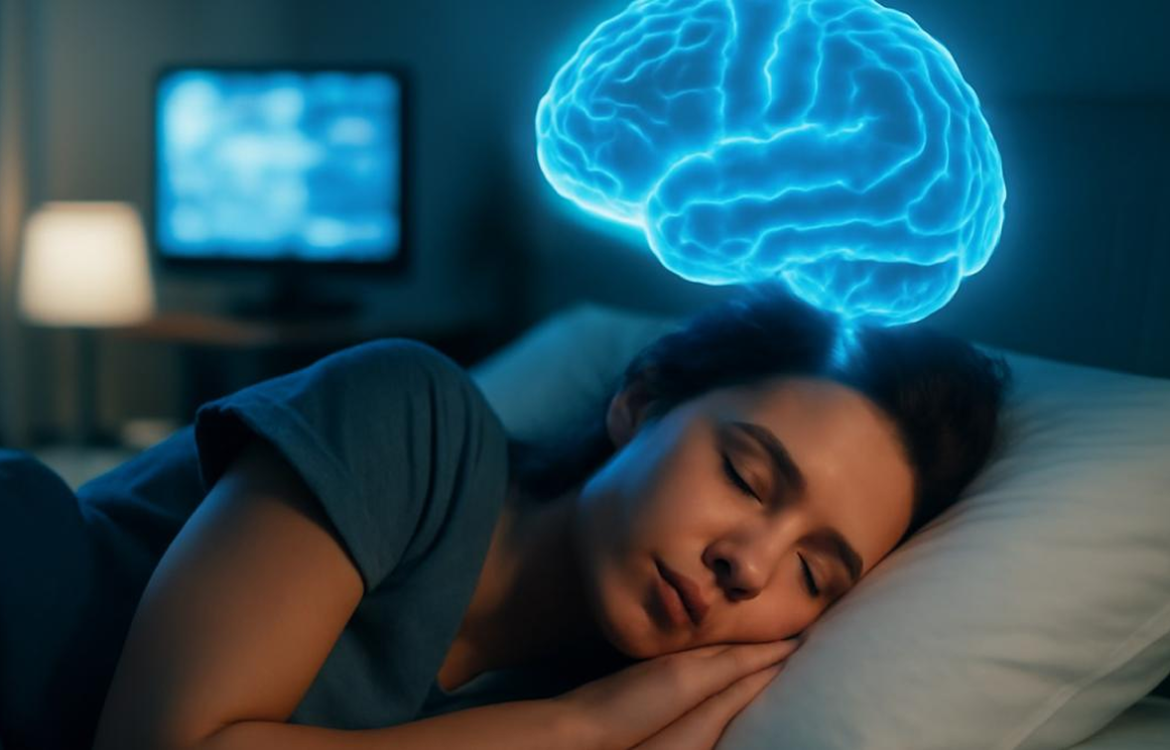Procrastination is a universal human experience — the tendency to delay or avoid tasks despite knowing the potential negative consequences. In the UK, with its fast-paced work culture and increasing mental health awareness, understanding why we put off important activities is crucial for improving productivity and wellbeing. The psychology of habits offers profound insights into this behaviour, revealing the interplay between brain mechanisms, emotions, and environmental factors that drive procrastination.
What Is Procrastination?
Procrastination involves voluntarily delaying an intended action despite expecting that the delay will lead to worse outcomes. Unlike simple laziness, procrastination is often rooted in complex psychological processes involving habits, motivation, and self-control.
It can affect various life areas, from work deadlines and health routines to personal goals and relationships, often causing stress, guilt, and reduced performance.
The Habit Loop and Procrastination
Habits form through a loop consisting of three components: cue, routine, and reward. When it comes to procrastination, this loop operates as follows:
-
Cue: A trigger such as a challenging task, unpleasant emotion, or external distraction.
-
Routine: The procrastination behaviour itself, like checking social media, tidying unrelated items, or daydreaming.
-
Reward: Temporary relief from stress or boredom, reinforcing the habit.
Understanding this loop helps explain why procrastination feels automatic and difficult to break.
Brain Mechanisms Behind Procrastination
Research from UK neuroscientists shows that procrastination involves the interaction between two brain regions:
-
Prefrontal Cortex: Responsible for planning, decision-making, and self-control.
-
Limbic System: Processes emotions and rewards.
When the limbic system’s desire for immediate pleasure outweighs the prefrontal cortex’s long-term goals, procrastination occurs. Stress, anxiety, and fear of failure can amplify this imbalance, leading to avoidance behaviours.
Psychological Factors Influencing Procrastination
1. Perfectionism
In the UK’s competitive environment, many people fear producing imperfect work. This fear can cause paralysis, making it easier to delay tasks than risk failure or criticism.
2. Low Motivation
Tasks perceived as boring, difficult, or meaningless reduce motivation, making procrastination more likely. Without clear rewards or personal relevance, delaying becomes an unconscious choice.
3. Poor Time Management
Difficulty prioritising or estimating time needed for tasks often leads to last-minute rushes or avoidance.
4. Emotional Regulation
Procrastination can serve as a coping mechanism to manage negative emotions like stress, boredom, or overwhelm. This temporary emotional relief reinforces the habit loop.
Cultural and Social Context in the UK
British culture often values politeness and restraint, which may lead individuals to internalise procrastination-related stress rather than seeking support. The rise of remote working also blurs boundaries between work and leisure, increasing opportunities for distraction.
Public campaigns promoting mental health awareness are helping reduce stigma and encourage healthier work habits.
Strategies to Overcome Procrastination
Understanding habits and psychology allows for effective interventions:
1. Break Tasks Into Smaller Steps
Dividing projects into manageable chunks reduces overwhelm and increases feelings of accomplishment.
2. Use Implementation Intentions
Formulating specific “if-then” plans (e.g., “If it’s 9 am, then I will start writing the report”) helps automate positive routines.





